In 2019, I was invited to create work for a gallery that was in a space once occupied by a queer bar and affiliated burger restaurant. The exhibition was set to be the inaugural exhibition in the space. With that in mind, I was asked to think about themes related to queer spaces—and perhaps more significantly the disappearance of queer spaces. (Edmonton, where I live, once had a number of gay/queer bars. Now it has just one. There are numerous reasons for this—rent increases, changing behaviour patterns, younger generations not drinking as much.)
What I was most drawn to about the subject was how quickly new spaces manage to erase old ones. As urban landscapes change, it’s easy to lose track of the businesses, parks, and homes that get overwritten by new development. I wondered if there was a way to hold that space—to preserve it in memory.
As I thought about this idea, the onomatopoeia BAMF—a word that I’d first discovered in childhood—kept popping into my head. The word was first introduced in 1975 in an issue of Marvel's The Uncanny X-Men to accompany the character Nightcrawler's ability to teleport. Often written in all caps, the word would appear embedded in an illustration of a cloud of smoke as Nightcrawler's body appeared or disappeared. In many cultural circles, the word has since become synonymous with the act of teleporting and is often used casually in its stead. But what the sound was meant to represent was the rush of air that filled the space where Nightcrawler’s body had been before he disappeared.
BAMF became the perfect metaphor for this shift I’d been thinking about.
When I thought about how I wanted to represent it visually, I first thought about overexposed bodily forms that would take the place of bodies in space. I thought the best way to do this would be to cover bodies in all white, using clothing and makeup, and then slightly overexpose the images in order to create these bodily reliefs. I asked two people—my partner and one of my closest friends—to help me so we could see if it worked.
When I got the film back, it was clear that the images were a failure. They didn’t really achieve what I was going for, and some of them were downright hilarious—like bad theatre stills. I filed the images away and didn’t look at them again until recently. I’ll include a few of them below. (Side note: I think these images kind of worked but the don’t do what they needed to for the project.)
When I got the film back and realized that the direction I’d taken wasn’t going to work, I started thinking about other ways to make BAMF visible. I had a large, matte black background fabric that I knew would absorb light and thought I might be able to use that to create the bodily shapes that I wanted. I started experimenting with wrapping the fabric around bodies in order to create distinct shapes or segments. Then, using a single strobe and softbox, I lit the bodily forms from above. This time, the results were promising. But it still didn’t look like the bodies were disappearing.
I decided to add one more element—some synthetic spider webbing that we typically hang on the front of the house at halloween. I thought that the webbing might look like smoke if I laid it out the right way, which would make the bodies actually look like they were in this state of disappearance. Thankfully, it worked. I’ve included a few of the images below.
I shot all of the work on film, and the only real photoshopping I did involved removing dust spots from the negatives. Everything else was done practically.
I thought I would share these images this month because I have been having a number of conversations lately about the importance of failure in creative work (admittedly a bit of a trite subject these days). One of my favourite things to see from artists are the sketches, the attempts, the unused negatives, the things that don’t work out. I think they are such an interesting glimpse into how something gets made and into how a final work takes shape.
As always, thanks for reading.
xz


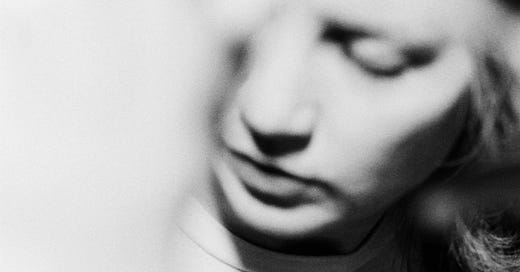




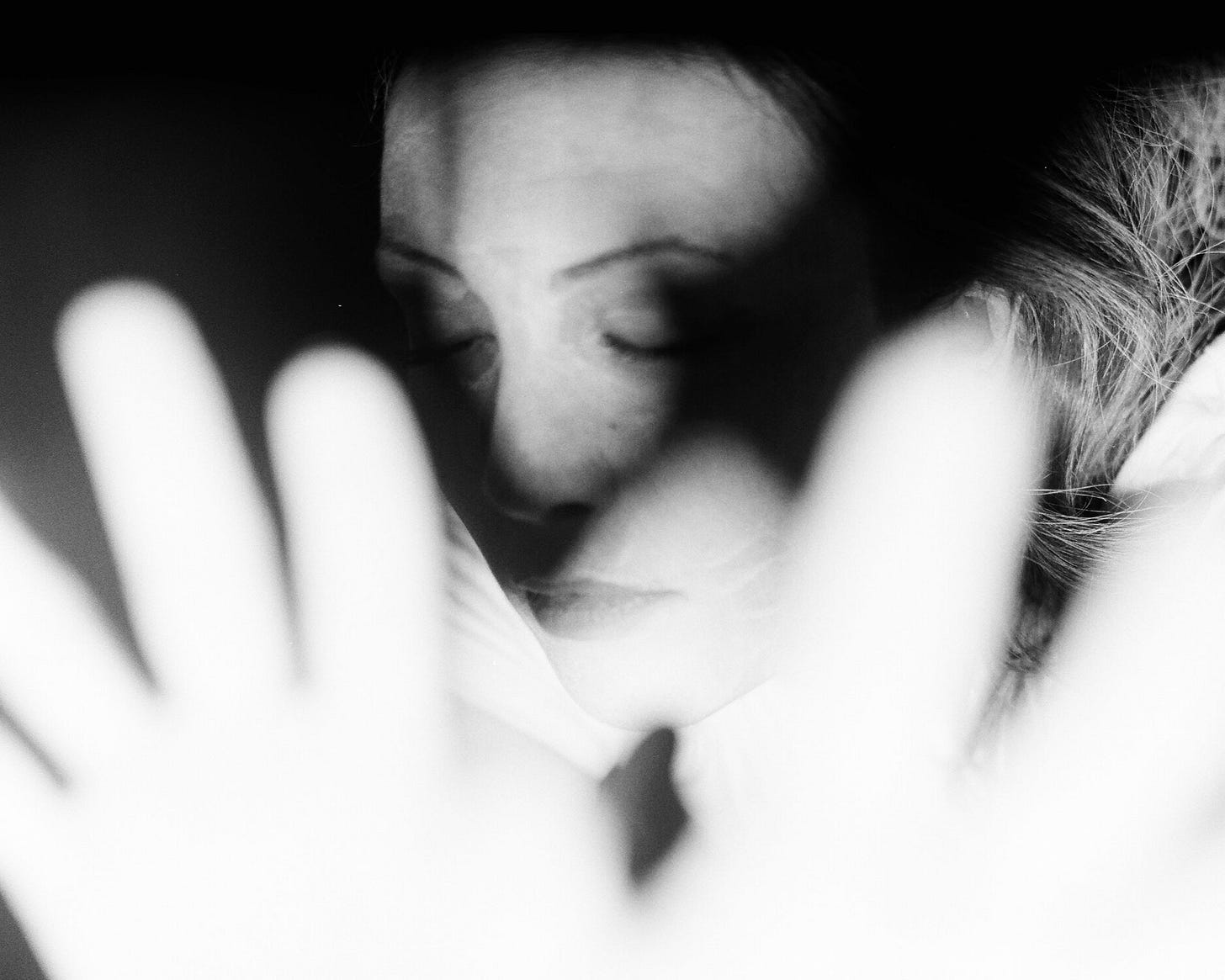
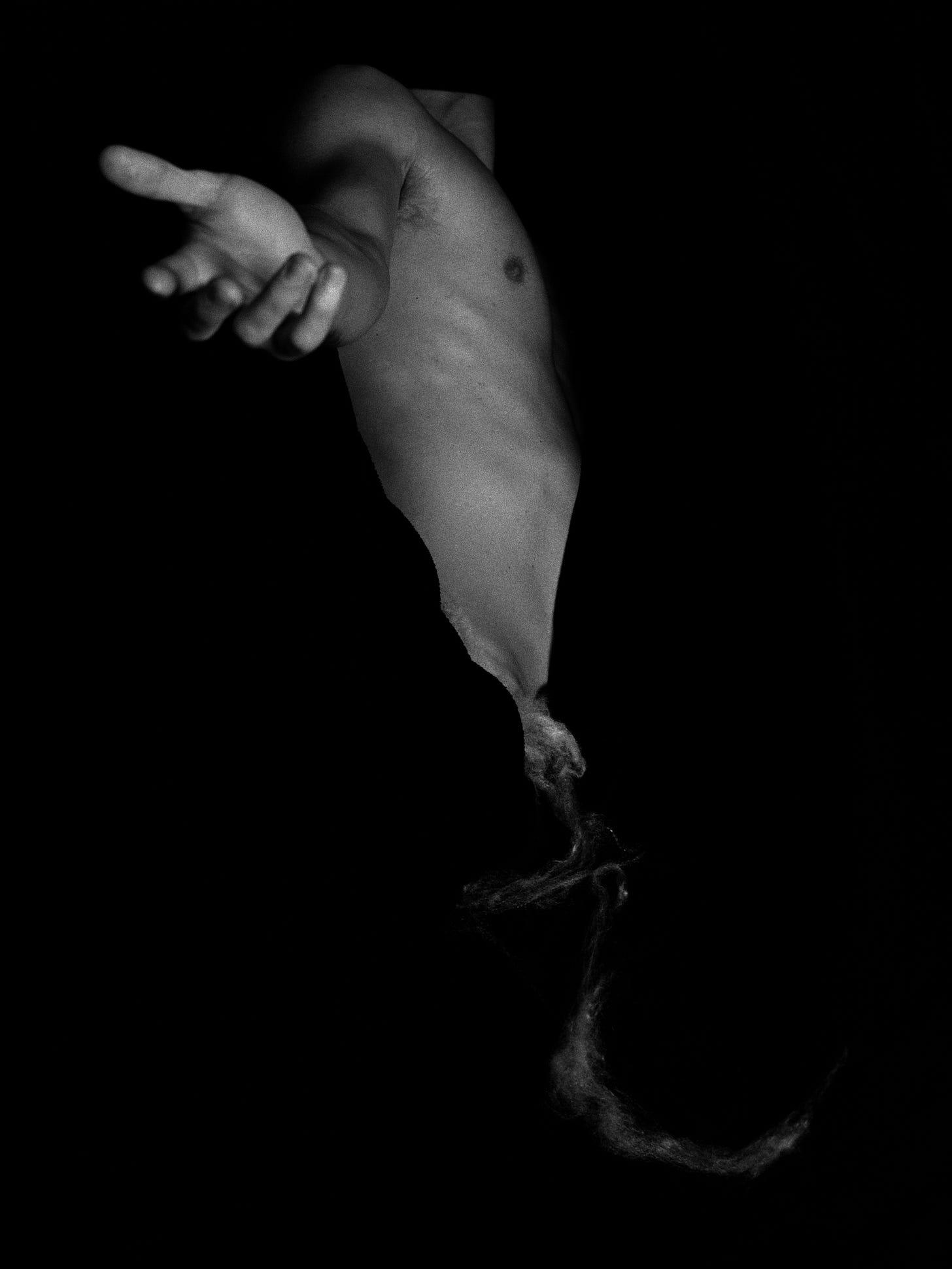
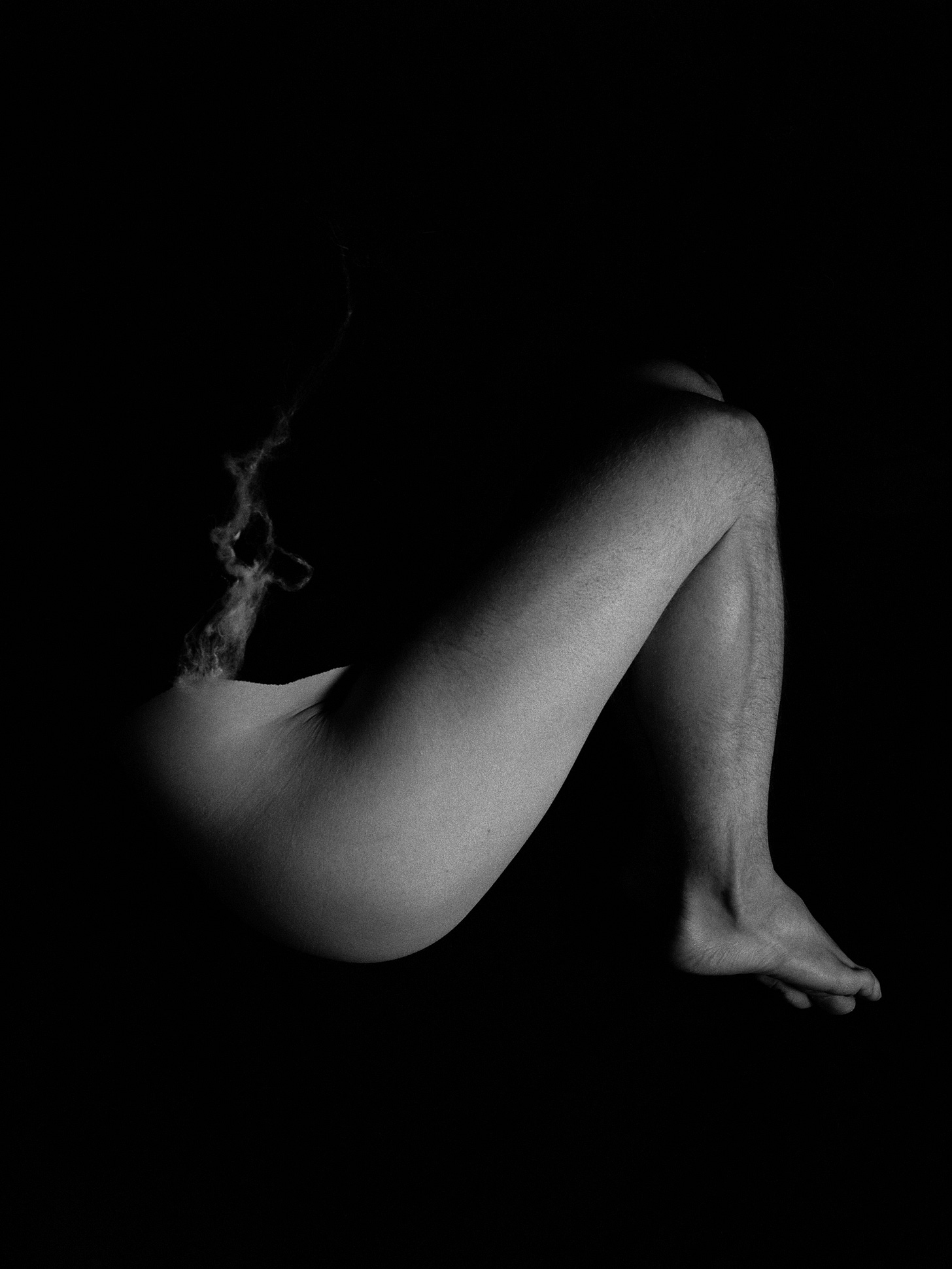

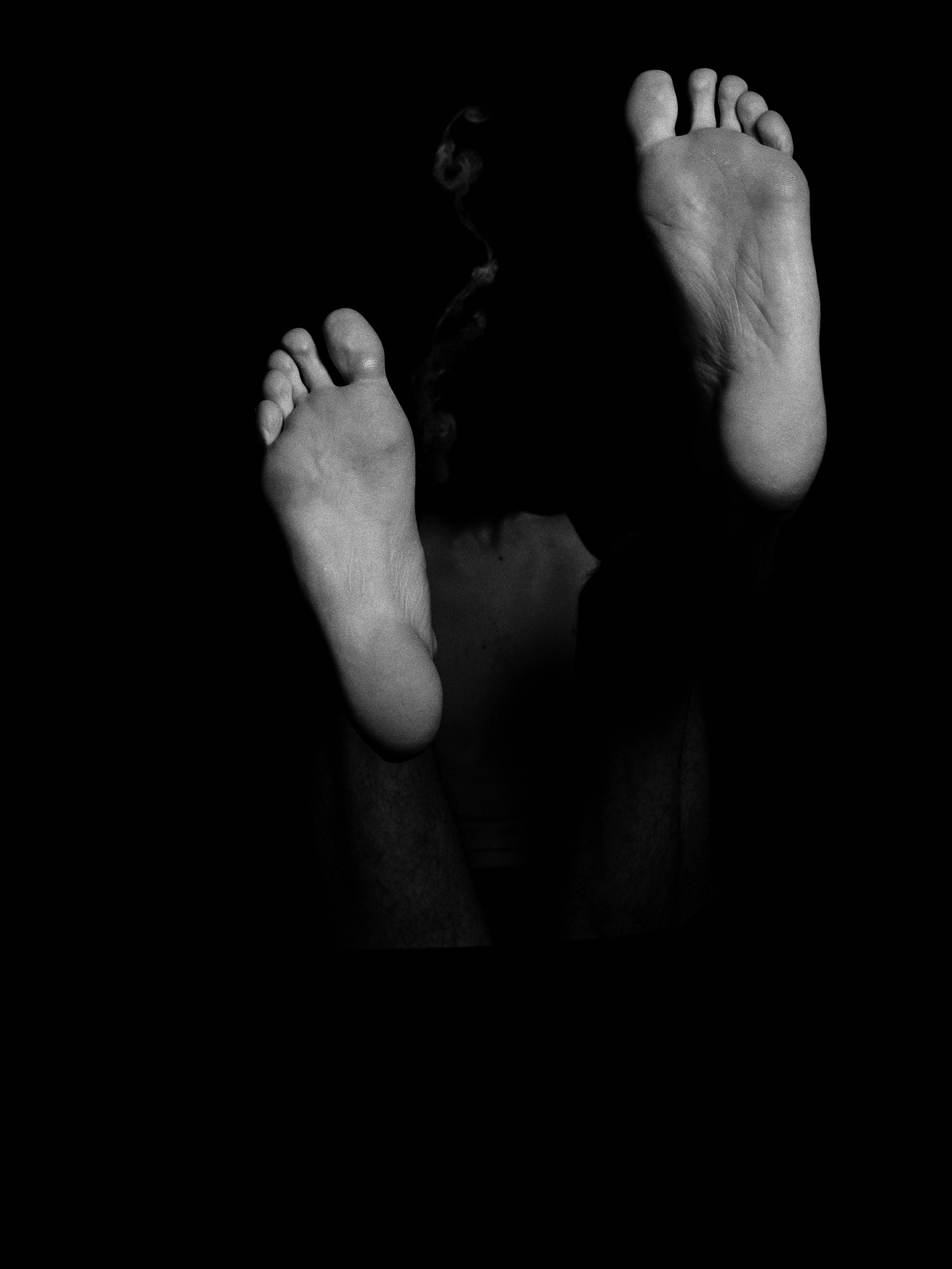
I think that in an age obsessed with performing "process" on Instagram, failure—real failure—is far from a trite subject. I've had several conversations about creative work recently in which I and the person I was talking to both expressed surprise and shame about our long and convoluted paths to finished pieces. But why were we surprised? These false starts ARE the creative process.
I just started getting into street photography on film. The feeling I got when I back a bad batch… oof. It was crushing, definitely a sense of failure. But then it motivated me to course correct. That’s beautiful thing about film, you put in a fresh roll and you feel like you have a blank slate.